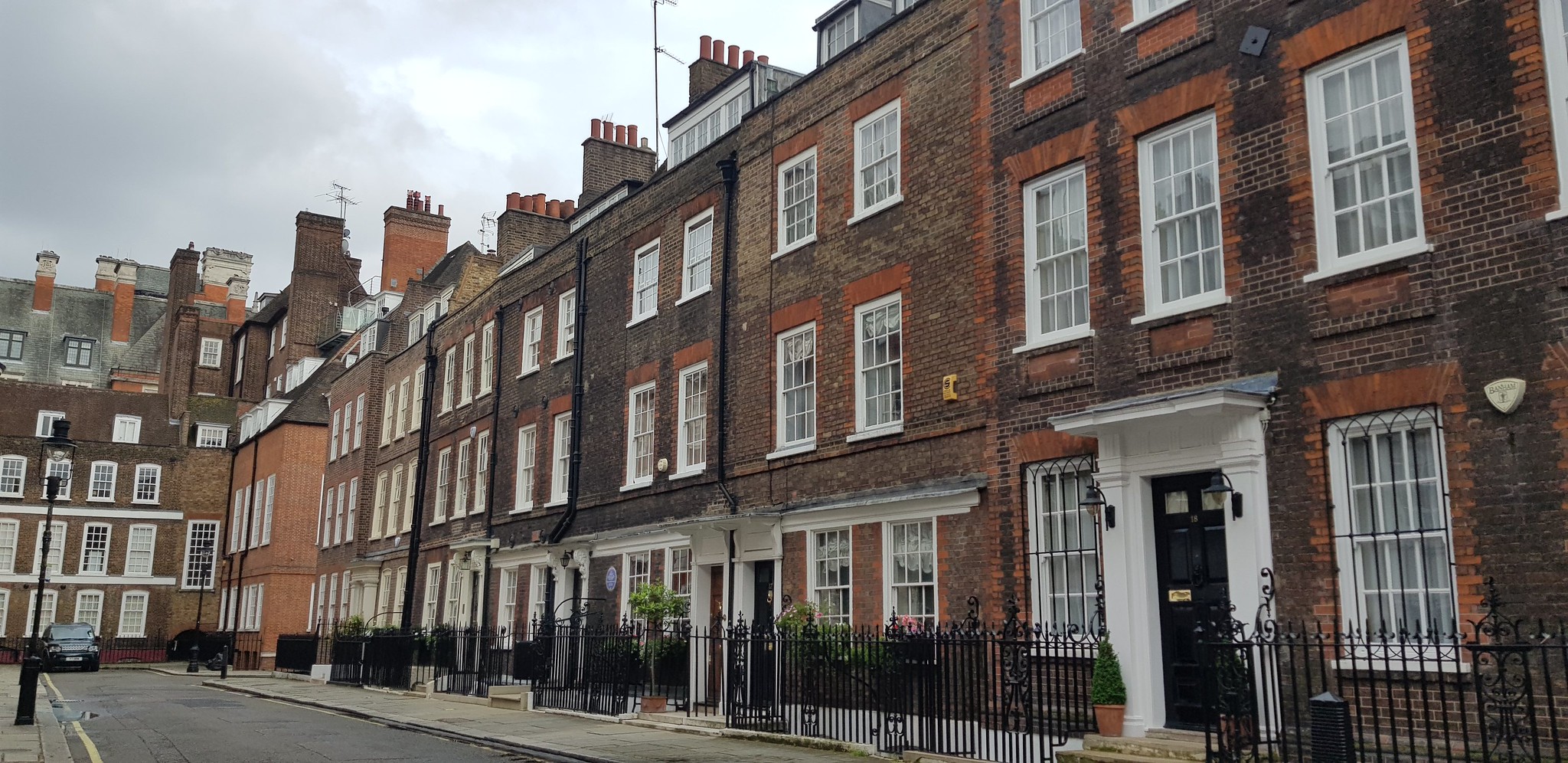
Price growth in the prime housing market over the next five years will be below that of the mainstream markets, given tax changes introduced in the 2024 Autumn Budget.
This is according to the latest forecast from property firm Savills which defines the prime housing market as typically the top 5% to 10% of the market in any region; reflecting average prime property prices of £4.5m in central London and £1.85m elsewhere.
While Savills has forecasted that prices in prime central London will rise by around 10% over the next five years, the firm expects them to fall by 4% next year.
Savills head of residential research Lucian Cook pointed out that in a normal housing market recovery, you would expect the top-end of the market to recover first, responding quickest to a change in sentiment.
“However, the additional stamp duty surcharge for second homes, changes in ‘non-doms’ taxation and VAT on school fees are likely to offset some of the impacts of future cuts in interest rates this time around.”
He added that the markets of prime central London would be most directly affected by the abolition of ‘non-doms’ status and an increased stamp duty barrier, both of which are likely to push some of the demand in these areas to the rental market.
“And so, even though prices are already 20% below their June 2014 peak, we expect a further modest fall in prices next year, as the market finds its level in a changed fiscal and regulatory environment.”
Savills has forecast stronger growth in the domestic prime London markets, where there are more needs-based buyers who are set to benefit from a fall in mortgage rates. Here, +14.7% growth is expected over the same five-year period.
“While there are reasonable prospects for price growth in these markets over the medium term, we expect prices to remain flat next year for the best properties in the likes of Fulham, Chiswick, Wandsworth and Islington”, Cook said. “Those markets are less likely to see a ripple of demand from central areas, at a time when affluent up-sizers are reacting to higher school fees.”
The outlook is somewhat brighter in the prime markets outside of London. Here, price growth of 2% is forecast in 2025, contributing to a five-year projected growth of 18.2%.
Coastal second home hotspots are likely to remain fairly price sensitive next year, according to Savills. But elsewhere, prime regional housing markets are likely to benefit from some displaced demand as families look to strike a balance between house prices, commutability and access to schooling. And while increased exposure to inheritance tax is likely to mean a bit more stock comes to the market from downsizers, this is unlikely to upset the underlying balance between supply and demand.



